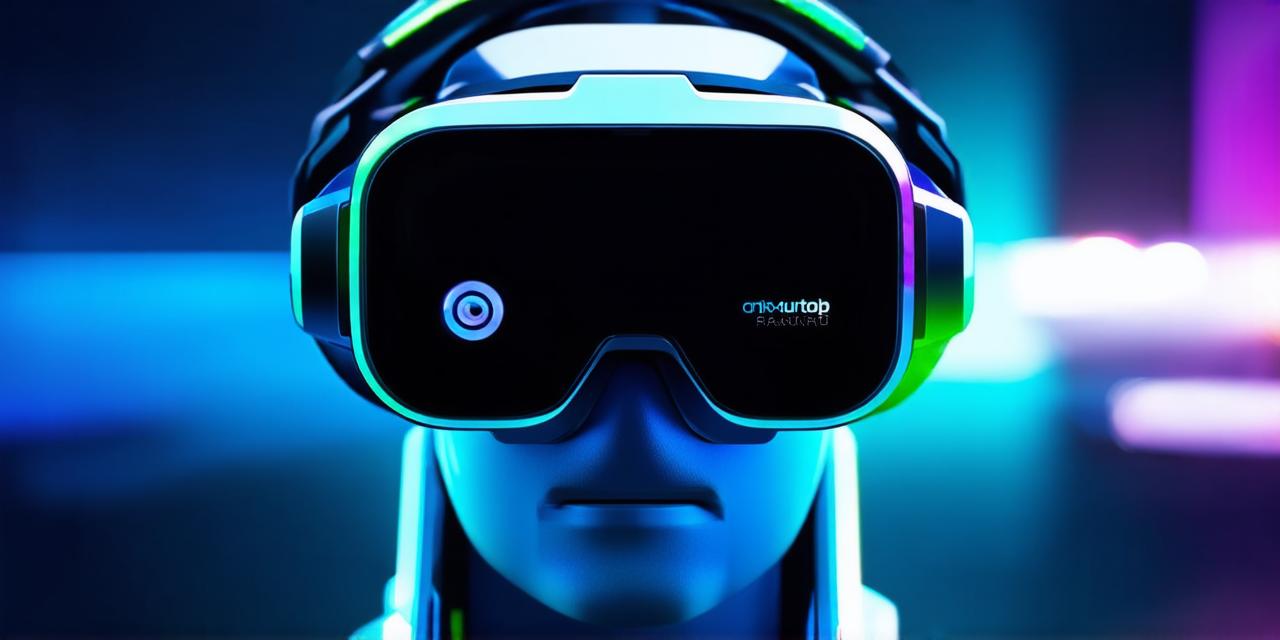Understanding AR/VR:
Before diving into the world of AR/VR development, it’s essential to understand what these technologies are and how they work. AR superimposes digital content onto the real world, creating an interactive and immersive experience for the user. VR, on the other hand, creates a fully artificial environment that the user can interact with.
Benefits of AR/VR:
AR/VR has numerous benefits that make it a valuable tool for businesses across industries. These include improved customer engagement, increased productivity, and enhanced training and education experiences. By incorporating AR/VR into your business strategy, you can gain a competitive edge and stay ahead of the curve.
Case Studies:
One of the best ways to understand the benefits of AR/VR is to look at real-life examples of companies that have successfully integrated these technologies into their businesses. For instance, IKEA’s AR app allows customers to visualize how furniture will look in their homes before making a purchase. Similarly, Ford uses VR simulations to train its employees on complex manufacturing processes.
Strategic Roadmap:
Now that we’ve established the benefits of AR/VR let’s take a look at how to create a strategic roadmap for development. The first step is to identify your business goals and determine which AR/VR technologies are best suited to achieving those goals. Once you have identified your objectives, you can begin to develop a detailed plan that outlines the steps required to achieve them.
The Plan:
-
Define your target audience: Identify who your target audience is and what their needs and preferences are. This will help you design AR/VR experiences that resonate with your customers.
-
Develop a content strategy: Decide on the type of content you want to create and how it will be delivered. Will you use video, 3D models, or other types of media? What platforms will you use to distribute your content?
-
Choose the right technology: Select the AR/VR technologies that are best suited to your business goals. Consider factors such as cost, ease of use, and scalability when making your decision.
-
Design the experience: Once you have chosen your technology and identified your target audience, it’s time to design an immersive and engaging AR/VR experience that will meet their needs.
-
Test and refine: Before launching your AR/VR experience, test it thoroughly to ensure that it is user-friendly and effective in achieving your business goals. Make any necessary changes based on feedback from users.
-
Launch and promote: Once your AR/VR experience is ready, launch it and promote it through various channels such as social media, email marketing, and search engine optimization (SEO).
FAQs:
1. What is the difference between AR and VR?
AR superimposes digital content onto the real world, creating an interactive and immersive experience for the user. VR creates a fully artificial environment that the user can interact with.
2. How do I choose the right technology for my business?
Consider factors such as cost, ease of use, and scalability when selecting AR/VR technologies for your business.
3. What are some real-life examples of companies using AR/VR?
IKEA’s AR app allows customers to visualize how furniture will look in their homes before making a purchase. Ford uses VR simulations to train its employees on complex manufacturing processes.
4. How do I develop a strategic roadmap for AR/VR development?
Define your business goals, identify your target audience, develop a content strategy, choose the right technology, design the experience, test and refine, and launch and promote.
Conclusion:
AR/VR is an exciting and rapidly evolving technology that has the potential to revolutionize industries across the board. By following this strategic roadmap for AR/VR development, you can create immersive experiences that engage your customers, increase productivity, and enhance training and education experiences.
